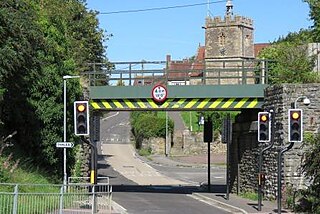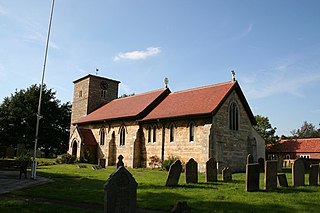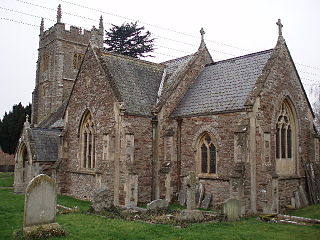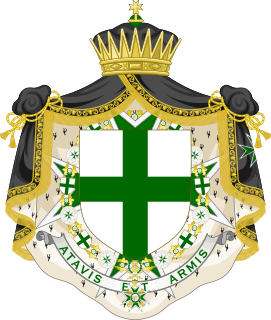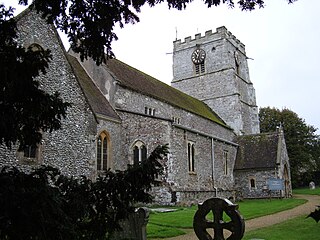Coordinates: 50°40′40.627″N2°23′1.741″W / 50.67795194°N 2.38381694°W

A geographic coordinate system is a coordinate system that enables every location on Earth to be specified by a set of numbers, letters or symbols. The coordinates are often chosen such that one of the numbers represents a vertical position and two or three of the numbers represent a horizontal position; alternatively, a geographic position may be expressed in a combined three-dimensional Cartesian vector. A common choice of coordinates is latitude, longitude and elevation. To specify a location on a plane requires a map projection.
Mayne Preceptory was a medieval house of Knights Hospitaller in Dorset, England, which caused the name of the settlement to change from Domesday-era Maine (one of two named Maine in Cullifordtree Hundred [1] ) to Friar Mayne by the mid 14th century.

The Order of Knights of the Hospital of Saint John of Jerusalem, also known as the Order of Saint John, Order of Hospitallers, Knights Hospitaller, Knights Hospitalier or Hospitallers, was a medieval and early modern Catholic military order. It was headquartered in the Kingdom of Jerusalem, on the island of Rhodes, in Malta and St Petersburg.
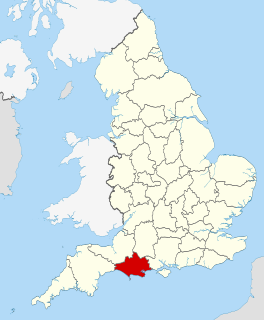
Dorset is a county in South West England on the English Channel coast. The ceremonial county comprises the unitary authority areas of Bournemouth, Christchurch and Poole and Dorset. Covering an area of 2,653 square kilometres (1,024 sq mi), Dorset borders Devon to the west, Somerset to the north-west, Wiltshire to the north-east, and Hampshire to the east. The county town is Dorchester which is in the south. After the reorganisation of local government in 1974 the county's border was extended eastward to incorporate the Hampshire towns of Bournemouth and Christchurch. Around half of the population lives in the South East Dorset conurbation, while the rest of the county is largely rural with a low population density.
The preceptory was established between 1290 and 1338. It declined in activity until 1533, where it began leasing its bailiwick to provide stipends for rectories, vicarages and the larger preceptories in other locations.
A bailiwick is usually the area of jurisdiction of a bailiff, and once also applied to territories in which a privately appointed bailiff exercised the sheriff's functions under a royal or imperial writ. The word is now more generally used in a metaphorical sense, to indicate a sphere of authority, experience, activity, study, or interest. A bailiwick was also the territorial division of the Teutonic Order. Here, various “Komtur(en)” formed a Ballei province.
Its lands were forfeited to the crown at the Dissolution of the Monasteries in the early 16th century and were eventually sold. Its location was within modern Broadmayne parish.

Broadmayne is a village in the English county of Dorset. It lies two miles south-east of the county town Dorchester. The A352 main road between Dorchester and Wareham passes through the village. In the 2001 Census the population of the village was 1,864, reducing to 1,204 at the 2011 Census. There is an electoral ward of the same name whose population at the above census was 1,870. Village facilities and services include a Post Office, a clinic and a public house. There are two churches in the village, both of which were redesigned by Thomas Hardy. The parish church of St. Martin dates from the 13th century and has a notable south tower.


